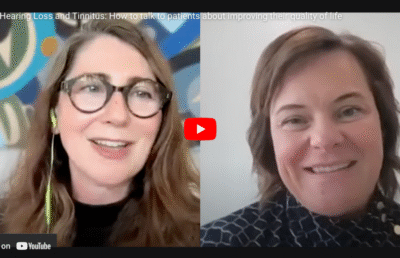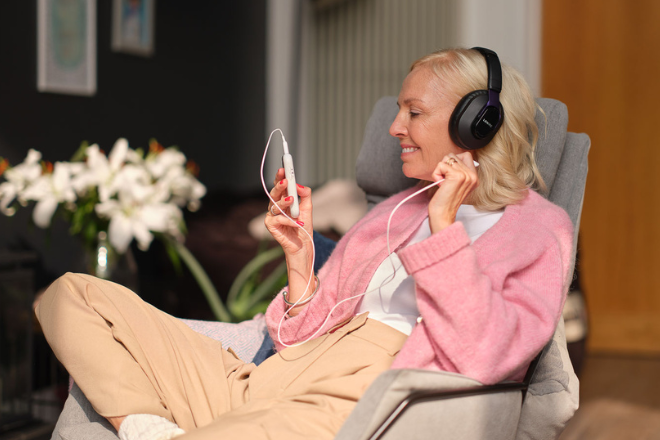Hearing aid technology has certainly come a long way over the past few years. Hearing aids are smaller, more foolproof, and work significantly better than they did in the recent past.
But there’s another very exciting development — the integration of hearing aids with the very powerful technologies available in the mobile devices we carry around with us every day.
And we’re not talking about just using the bluetooth functionality to make a phone call and put it through to your hearing aid, as helpful as that is. The integration of these devices can also collect data from the user on an ongoing basis and has much promise for learning more about how hearing correction works, what environments it faces, and how it can be better.
Think about it this way: Self-driving cars have recently gone from science fiction to a definite reality. To perfect their algorithm, self-driving cars continuously collect data from the environment. All the different situations a certain car faces can be used to improve its operation in the future, and this happens on an ongoing basis. Data is even shared between cars so that every electric car can learn from situations that one car has been in.
The same thing may soon be happening with hearing aids. Indeed, Apple recently announced that it will be adding hearing aid integrations to its HealthKit ecosystem of apps. Apple has been taking steps to add more and more integrations to HealthKit, calling it “modern storage for high-frequency health data types” and “how to bring an entire new dimension of health to your users with new support for hearing health”.
How exactly this will take shape is not certain, but the gist of it is that very valuable data about a hearing aid wearer’s experience will now be stored so that the patient and his or her audiologist can benefit from analyzing it. Sometimes, in cases like this, it’s not even certain where the data might lead—it’s necessary to collect it first, then process it and see what comes out of it on the other end.
Some of these integrations have already existed via apps by the hearing aid manufacturers. For example, with some hearing aids audiologists are already able to download data about their functionality. However, the game changer here is the ubiquity of the Apple HealthKit system, and just how many adopters there are likely to be.
It’s uncertain where all this will go, but it’s virtually guaranteed that hearing patients everywhere will reap the benefits.





